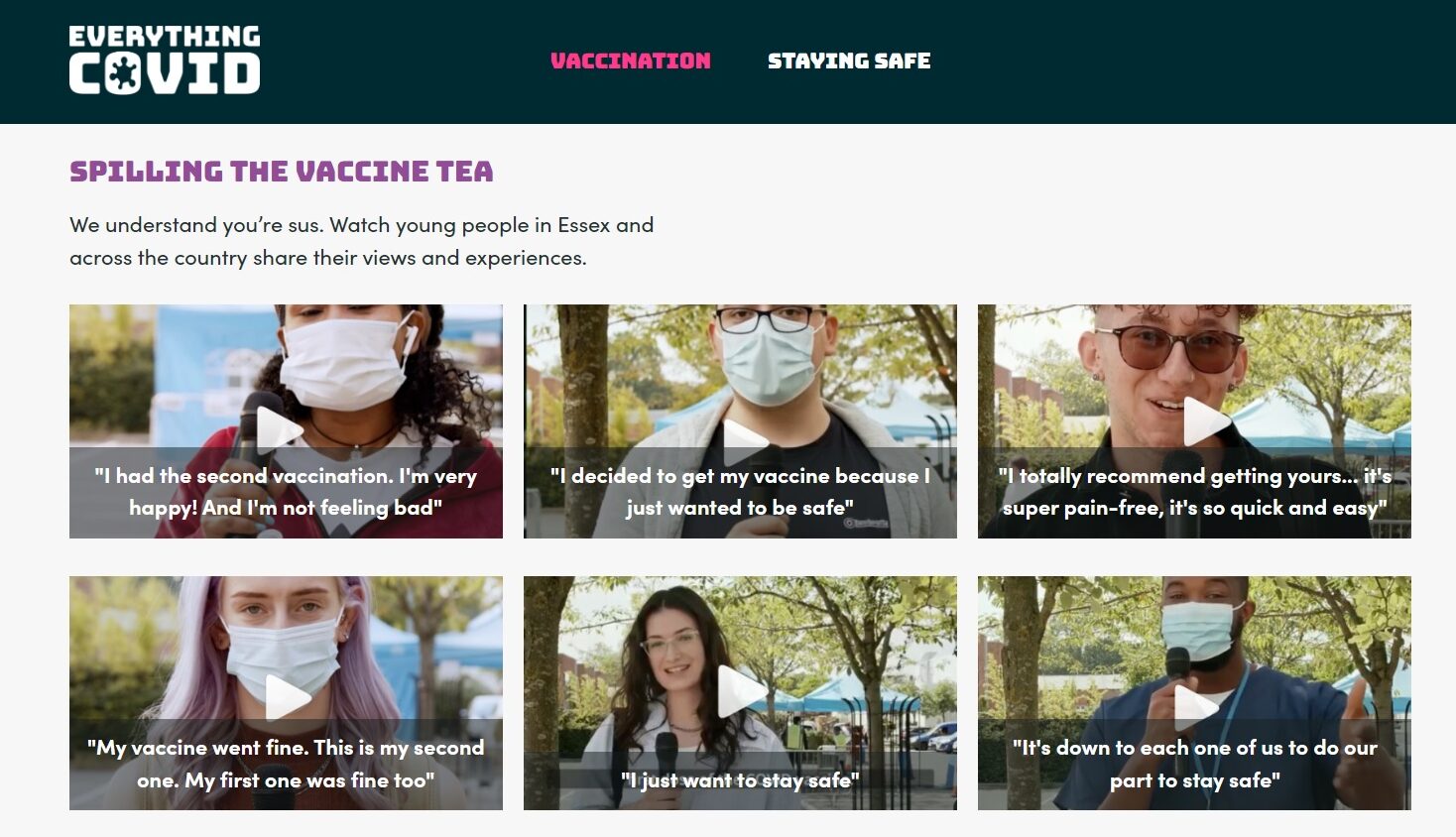 “Will this form fix my pothole?” “I’ll pay my council tax when you fix the potholes.” “Maybe I can use masks to cover the potholes.” Such comments symbolise residents’ resistance and fatigue towards authority. They sum up the overarching challenge of local government communications. Residents are struggling with everyday problems like high living costs or delayed doctor appointments. How do we engage and motivate them to act?
“Will this form fix my pothole?” “I’ll pay my council tax when you fix the potholes.” “Maybe I can use masks to cover the potholes.” Such comments symbolise residents’ resistance and fatigue towards authority. They sum up the overarching challenge of local government communications. Residents are struggling with everyday problems like high living costs or delayed doctor appointments. How do we engage and motivate them to act?
How do we steer our conversations around the potholes?
This was an especially challenging issue during the Covid-19 pandemic. Councils had to repeatedly relay important information to residents. Our Communications and Marketing department used behavioural insights to encourage Covid-safe habits. How did we develop clear and simple messaging to drive understanding and adherence? We’ll tell you…
Behavioural insights
Behavioural insights help us to understand why a person acts in a certain way. They include:
- social norms
- habits
- psychological factors
- environmental factors
These insights help communicators design nudges to encourage people to adopt better choices. A nudge is a subtle change in choice, without being forceful or restricting freedom of choice.
For example: Place healthy food at eye-level instead of telling people they must make healthy eating choices. Mark parking spots with painted lines to stop drivers from parking haphazardly.
The Let’s Keep Covid in Check campaign

“In 2020 and 2021 in response to the pandemic, we ran information and behaviour change campaigns. These encouraged residents and businesses to adhere to the guidance, to self-test and to take up the vaccines. Yet, by late 2021 the audience was not as receptive.” says Eleanor Totman, a Senior Campaigns Advisor at Essex County Council.
The team relied on behavioural insights from several sources, including:
The behaviour change campaign promoted being aware and staying safe in an optimistic, benefits-driven way. The nudges of core behaviours were self-testing, getting the vaccine, hands-face-space, and ventilation.
“Our objectives were to motivate compliance and unite residents behind a collective responsibility. Practicing Covid-safe behaviours, especially vaccine-uptake and regular testing,” says Eleanor. “We developed the behaviour change campaign with an authentic a tone of voice. This helped achieve cut-through and resonate with our Essex audiences. It used fun, colourful imagery and relaxed language to encourage safe habits.”
Below is a video of the council's Let's Keep Covid in Check advertisement:
Implementation
The campaign was implemented using The Behavioural Insights Team's EAST model. Easy, Attractive, Social, Timely – the four principles of applying behavioural insights.
- Easy - simple messages were used to increase understanding and response. For example, simple fun slogans like “Got the jab, feeling fab,” and “Jabs done, kettle on.”
- Attractive - use of personalisation and framing to increase uptake. For example, “Can I reserve vaccines or test kits for two, please?”
- Social - social proof and modelling of desirable behaviours were used in case studies.
- Timely - prompts at the moment of action in context in public places and targeted to audiences. For example, outdoor ads displayed QR codes to order self-tests.
The campaign aimed to:
- Reassure - reduce hesitancy and dispel myths with authentic and authoritative peer-to-peer case studies
- Inform - give advice on access to vaccines and tests

- Sustain - maintain continuous, authentic content that was responsive and reactive to changing circumstances
Six months into the campaign, audience data revealed those aged 18 to 29 were vaccine hesitant. In response, Essex County Council developed a specific Everything covid Essex website to reach the younger audiences.
We’d love to hear about how your teams or organisations apply behavioural insights in their communications. Comment below or get in touch.
We’ll leave you with some resources that can help you navigate potholes like champions:
- The Behavioural Insights Team website.
- The Local Government Association’s behavioural insights podcast Nudges for Social Good.
- This Effective Communications Checklist (opens as a PDF) can help you see how well your organisation incorporates principles of behavioural science into current communications.
Leave a comment